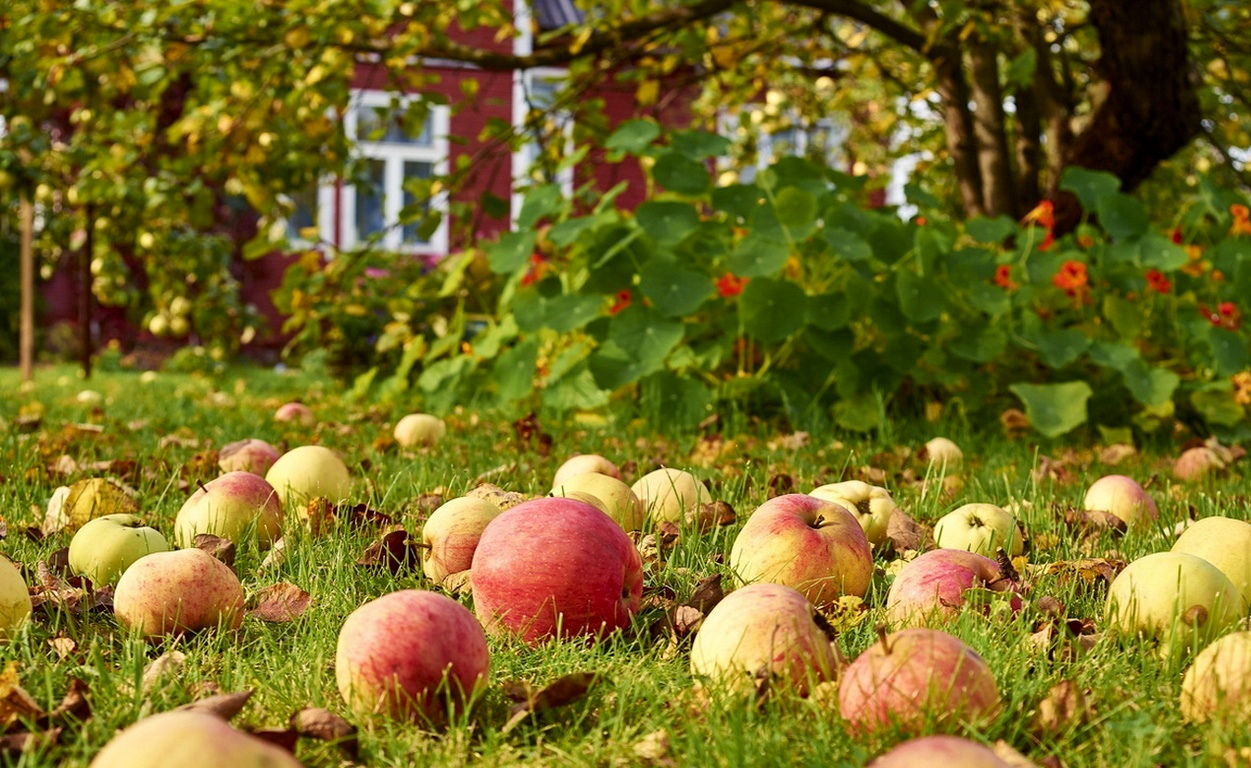Fertilizers for indoor flowers are a vital necessity, without them flowers develop slowly, buds and inflorescences do not ripen, do not open in full force.
Today, specialty stores are overflowing with a variety of organic fertilizers, each of which promises excellent results. But why pay big money for all these fertilizers, if at home there is a huge amount of improvised means that will help give strength to the plants and at the same time save money.
Content
When flowers need feeding
In order for an indoor flower to grow strong, beautiful and healthy, it is necessary know some feeding rules:
- the best option for fertilizing is early April to mid-October. In winter, feeding should be kept to a minimum. Preparation for reducing the amount of fertilizer should be gradual;
- it is necessary to apply fertilizer when thin stems with leaves stretching upward begin to form on the plant;
- when the plant does not bloom for a long time;
- if the flowers sit in one place for a long time, or their growth has stopped abruptly;
- in the case when the plant itself began to shed its leaves for no apparent reason;
- the houseplant has a sickly appearance.
Any home dressing should be applied only to moist soil, this is guaranteed to help avoid burns on the root of the plant. Deciduous and flowering plants need different fertilizers, so you should not prepare the same mixture for all flowers, as they may not help, but harm.
Experts say that regular feeding with the right fertilizers will avoid such conditions in the plant, and the flowers will always delight with their flowering, strength and beautiful appearance. But you should also know! Flowers require feeding, not overfeeding. With an excess of fertilizer, the flower may stop developing, uniform growth and flowering processes will be disrupted, which will lead to the rapid death of the plant.
Myths about the benefits of some dressings
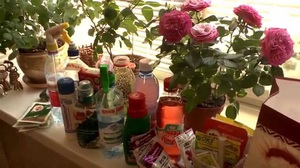 Many plant lovers have heard about the incredible benefits of coffee and tea grounds. This is a myth that will do more harm than good. Leftover tea leaves do not have any nutritional benefit for the flower, but only help to loosen the soil a little. Coffee grounds significantly increase the acidity of the soil in the pot, which is not beneficial for the plant itself, and for flowering ones - destructive. Besides, there are some more myths:
Many plant lovers have heard about the incredible benefits of coffee and tea grounds. This is a myth that will do more harm than good. Leftover tea leaves do not have any nutritional benefit for the flower, but only help to loosen the soil a little. Coffee grounds significantly increase the acidity of the soil in the pot, which is not beneficial for the plant itself, and for flowering ones - destructive. Besides, there are some more myths:
- eggshell. Many believe that calcium, which is rich in shells, will help the plant develop and grow quickly. Indoor flowers practically do not need calcium, so the eggshell will act as a drainage and baking powder;
- water from under the meat. Many believe that the home flower will be saturated with protein from this.The water will actually be absorbed by the roots of the plant, while heating the soil at home will begin to emit an unpleasant odor that will attract flies rather than help it.
Homemade recipes for indoor plants
If it was decided to feed the home flower in any of the above ways, then it is necessary in the first stages to carefully observe the reaction of the plant.
Among the most popular and effective are the following recipes:
- Dry yeast and cigarette ash.
- Sugar and banana peel.
- Onion peels and aloe juice.
The yeast itself is natural organic productwhich is rich in a ton of nutritional vitamins and minerals. You can feed any plant with dry yeast, including a garden one.
Prepare fertilizer from dry yeast in the following way: 7-10 liters of warm water, 1/3 teaspoon of yeast and 2-3 tablespoons of sugar. All this mixes well and is left for a day. The next day, the resulting solution is diluted with water in a ratio of 1: 5 and watered under the root of the plant.
It is important to know! The prepared mixture should be kept in an open container for 24 hours, since sugar and yeast will react, which will lead to the formation of gases.
Cigarette ash (ash)
For many, a unique fertilizer is known - ash. It is used by gardeners for plants in the open field. You can feed an indoor flower ashes of cigarettes, such fertilization will not only give strength and energy for growth, but will also help protect against the development of many diseases.
It is easy to feed with the help of ash - it is enough to pour it into the pot after a certain period of time so that it penetrates into the ground itself.
If it is possible to use ash from burnt wood as fertilizer, then you can make such a recipe. 2 tablespoons of ash are placed on a liter of warm water, the resulting mixture is infused for 2 days. This top dressing is used 2 times a month as watering.
Sugar and banana peel
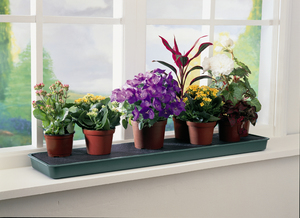 An indoor flower needs a sufficient amount of glucose. It is necessary for the correct formation of molecules, for the energy of growth and development. Top dressing from sugar it is applied very easily: a small amount of sugar is poured onto the soil surface and the flower is watered on top.
An indoor flower needs a sufficient amount of glucose. It is necessary for the correct formation of molecules, for the energy of growth and development. Top dressing from sugar it is applied very easily: a small amount of sugar is poured onto the soil surface and the flower is watered on top.
Many people know about the incredible benefits of a banana for the human body. It contains a fairly large amount of trace elements and vitamins. The same nutrients remain in the peel: phosphorus, potassium, magnesium. An indoor flower will perfectly accept such fertilizer.
You can feed a flower with a banana peel in several ways - fill it with a glass of water and insist until foam appears on the surface. The finished mixture is used as watering 2 times a month.
In addition, it is dried and ground in a coffee grinder. The powdered mixture is the ideal fertilizer during or immediately after transplanting.
Citrus and onion peels
To protect house flowers from parasites or ants in the summer, to provide nutrients, you can use citrus fertilizer... The peel of citrus fruits and pomegranates is infused for several days in water. Then it is used as a groundbait during watering.
Each housewife has an onion, she regularly uses it to prepare aromatic dishes. The husk from this onion is an excellent groundbait for plants. It is enough to soak it in water for several days and then water the plant. This option is ideal in winter as it provides the plant with a small amount of nutrients and helps to avoid overfeeding.
Garlic and aloe juice
The benefits of garlic are known to every gardener. Groundbait is especially valuable in the summer from the arrows that the plant releases. These arrows or a head of garlic are chopped and infused in 1 liter of water in a warm and dark place. within 3-5 days... The finished concentrate is filtered and diluted with 1 tablespoon per 2 liters of water. This fertilizer can be used once a week.This is a protection for the plant from various fungal diseases.
Aloe juice is essential as a fertilizer for plants that do not develop well, have weakened leaves and stems.
Top dressing can only be made from a plant that is more than 4 years old. The cut castings are placed in a plastic bag and placed in the refrigerator for 10 days. This makes it possible to remove the concentration of the plant sap. After that, the leaves are ground, and juice is squeezed out of them. An indoor flower can be fertilized with a solution that is prepared from 1.5 liters of water and 1 teaspoon of juice.
Fertilizer is used 1–2 times a week as watering.
Recipes made from ingredients such as:
- Aspirin and castor oil.
- Pigeon or quail droppings.
- Fern or nettle decoctions.
Aspirin and castor oil
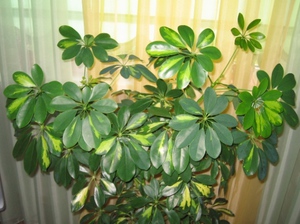 To increase the plant's immunity, it is recommended to use aspirin water fertilizer... One tablet is diluted per liter of water, and the resulting liquid is sprayed onto the indoor flower from above.
To increase the plant's immunity, it is recommended to use aspirin water fertilizer... One tablet is diluted per liter of water, and the resulting liquid is sprayed onto the indoor flower from above.
Castor oil can be used to keep the plant's color strong and buds set in large quantities. This top dressing is prepared from 1 liter of water and a teaspoon of oil. Everything is well shaken and watered during the bud set.
Pigeon or quail droppings
The main condition for fertilization is a small concentration of nutrients so that the plant does not harm. Pigeon or quail droppings have such a concentration. Put half a teaspoon of droppings on top of the pot and watering home flowers... This will help in growth, rapid bud development and flowering.
Aquarium water
It is in such water that a sufficiently large amount of nutrients are collected, which stimulate the correct growth and development of the flower. In addition, this water has a neutral pH level, which is beneficial for the houseplant.
It is recommended to use water from the aquarium as a top dressing, starting in early spring and ending in mid-summer. It is during this period that the home flower actively grows, new leaves are laid, buds develop.
The main condition is watering in moderation. You should not transfer a home flower to watering with water from an aquarium, it should alternate with ordinary, purified and clean water.
Vodka and teas from nettle or fern
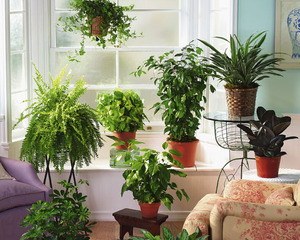 Withered or wilted plants can be brought back to life with vodka. It is enough to make fertilizer from 100 grams of vodka and 3 liters of water and water the plant. It will revive in a short period of time and begin to grow faster.
Withered or wilted plants can be brought back to life with vodka. It is enough to make fertilizer from 100 grams of vodka and 3 liters of water and water the plant. It will revive in a short period of time and begin to grow faster.
Ferns and nettles can be used not only for feeding, but also during plant transplantation. They help to improve the structure of the soil, make it more porous, airy, which is important for the proper development of the plant's root system.
Nettle can be used as a base for liquid fertilizer. To do this, take dry nettle and fill it with water and insist for a week. The resulting sourdough is started in a 1: 5 ratio and used for watering 2 times a month.
So that the flower grows healthy and beautiful
An indoor flower needs not only correct and timely feeding, but also a number of conditions that are vital for it.
The first thing that hostesses should pay their attention to is correct lighting... No matter how you feed the house plant, and if there is not enough natural light from the window or there is no special lighting, then there will never be normal development and proper flowering.
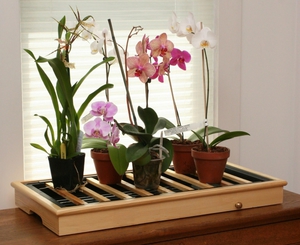 The best option for a houseplant would be to be on a windowsill. Here you need to make sure that in winter time the flower does not shine through, does not blow cold air during airing.
The best option for a houseplant would be to be on a windowsill. Here you need to make sure that in winter time the flower does not shine through, does not blow cold air during airing.
If the window faces north, then mirror surfaces can be used to enhance the lighting effect. Mirrors are placed next to the flowers, and they reflect extra light.
The length of daylight hours is very important for indoor plants. On winter days, it is necessary to additionally illuminate the plants for 2-3 hours, for this you can use the lamps that are placed above the plants.
Indoor plants need proper and timely care. And it is not necessary to buy expensive fertilizers in specialized stores, you need a little desire and homemade products that are always at hand. A properly fertilized plant will always delight you with its beautiful appearance and flowering!


